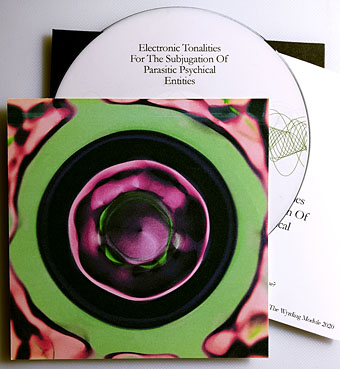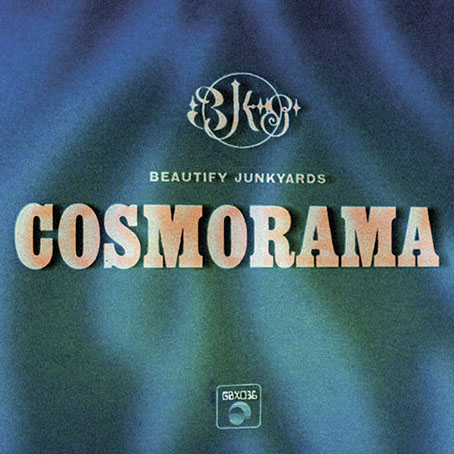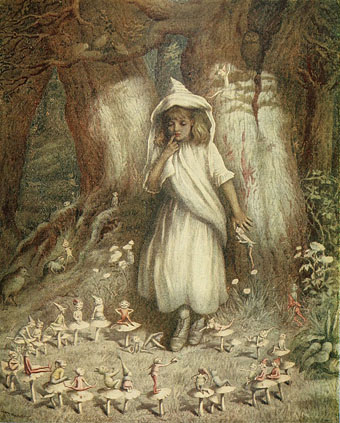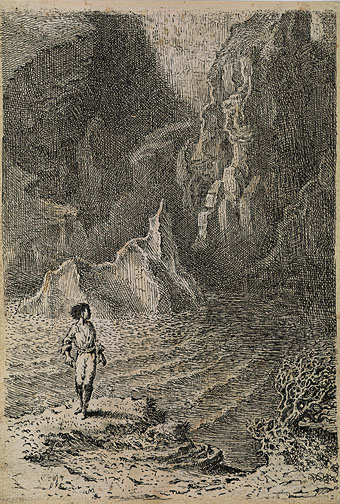In today’s post, the latest release from The Wyrding Module. The electronic tonalities emanating from darkest Salford continue to be satisfyingly spectral, and with sufficient character to avoid being taken for the work of another artist. Wyrding Module music inhabits a haunted zone where occult rites, parapsychology, cosmic horror and kosmische music intersect; there’s a William Burroughs reference in the title of a piece from an earlier release—Infused With The Venom Of Giant Aquatic Centipedes—and even a hint of psychedelia, mostly evident in the persistently vivid cover art. Pastiche is kept to a minimum; last year’s Typhonic Neural Tantra featured the kind of groovy organ-led number you might hear playing in a horror-film nightclub but this was an uncommon departure. Previous releases (of which there may now be 13…details remain vague) are generally forward-looking, as you’d expect from an artist whose name is borrowed from a science-fiction device—a sonic weapon—invented by David Lynch.
The new album delivers familiar Wyrding Module trademarks: grinding synthetic timbres, glitch-ravaged voices that might be the product of a ritual working, and that organ tone which maintains a generic mood without ever becoming too literal. The print inside each disc is a unique work of generative art. Being someone who likes to keep the seasonal parasites at bay by sustaining the spirit of Halloween until January, this is all very welcome. Subjugate your own psychical entities here.
Previously on { feuilleton }
• The Outer Church





